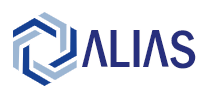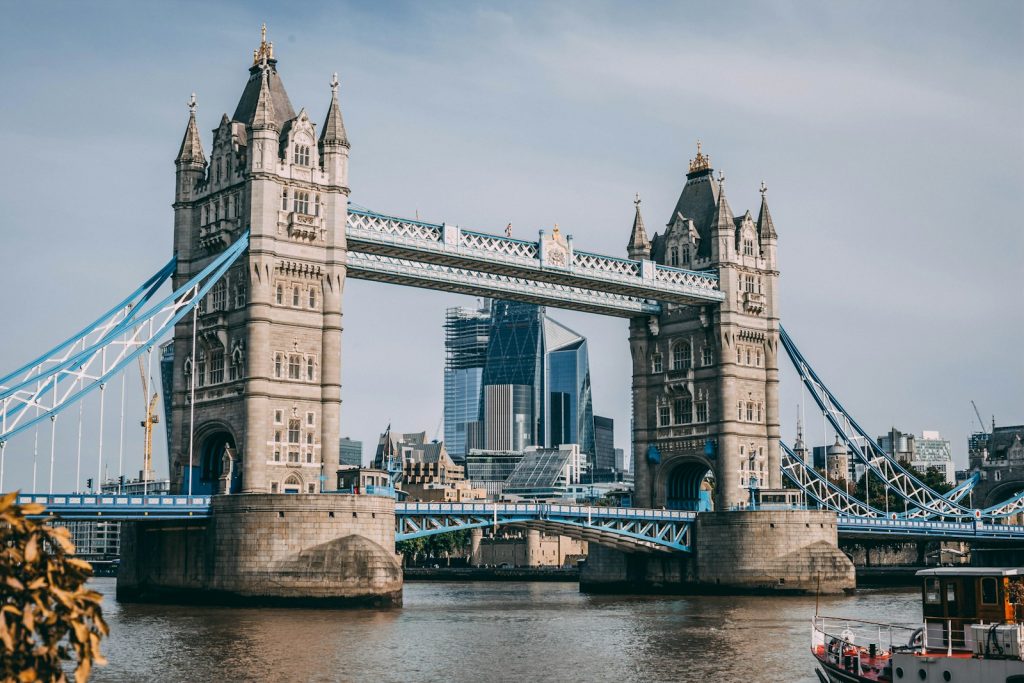Future-proof cabinet purchases rail UK are central to reliable rail operations in the UK. Specifying the right enclosure prevents water ingress, vandalism damage and accelerated component wear, while improving safe, fast access for maintainers. This article frames the operational issue, outlines a repeatable solution, and shows how ALIAS Trading UK delivers predictable outcomes on live infrastructure.
Operational problem on UK rail projects
Trackside electronics are exposed to rain, temperature swings, salt and vibration. If cabinet sealing, cable entry and materials are not engineered to the environment, moisture and contaminants accumulate, leading to nuisance trips, signal failures and unplanned callouts. Inconsistent internal layouts slow fault finding and increase time on live lines. Projects need a process that standardises enclosure performance so reliability and access are consistent site‑to‑site.
ALIAS approach: engineered future-proof cabinet purchases rail UK that reduce failure risk
ALIAS Trading UK treats the cabinet as a system: enclosure, entries, internal layout and installation method. We specify ingress protection and mechanical robustness appropriate to location; select materials and finishes for UK conditions; and design internal arrangements so technicians can isolate, test and replace quickly. Assembly work is maximised off‑site to shorten time at the lineside.
Key design features that change results
- Ingress protection with attention to door seals, glands and drip management.
- Anti‑tamper, anti‑vandal provisions that protect equipment without hindering safe access.
- Materials and coatings chosen for corrosion resistance in UK climates.
- Thermal management via layout, ventilation or passive measures.
- Modular internal rails, cable trays and labelling for orderly maintenance.
Implementation on live infrastructure
Pre‑build backplates, harnesses and labelled terminations in the workshop. On site, level the base, position the cabinet, route and secure entries, and make final connections with documented torque. Verification includes seal checks, continuity, insulation resistance and functional testing. For renewals, plan a sequenced changeover so legacy equipment stays operational until the cutover window.
Outcomes that matter to operators and maintainers
A standardised enclosure and installation process reduces failure modes and makes inspections faster. Teams find clear labelling and service points, so fault‑finding is quicker and safer. Over the asset life, the enclosure resists ingress and external damage, improving service stability and lowering whole‑life cost.
Topic‑specific considerations for future-proof cabinet purchases rail UK
This article focuses on future-proof cabinet purchases rail UK as used on UK rail projects. Selection should reflect location hazards (spray, ballast dust, coastal salt), required ingress rating, security profile and maintainability. Documentation—drawings, bill of materials and test records—supports approvals and future maintenance.
Measuring success
Projects track reliability and safety using practical indicators: mean‑time‑between‑failures for enclosure‑related faults, mean time on site for scheduled inspections, number of ingress‑related incidents per route, and possession time required for renewals. A consistent cabinet standard improves these metrics over successive programmes.
Procurement and documentation
Effective procurement bundles the enclosure with drawings, material specifications, installation method statements and test templates. This ensures that design intent flows into site practice and leaves an auditable trail for assurance. ALIAS Trading UK supplies technical data and installation records aligned to UK expectations to streamline review and acceptance.
Practical checks before order
- Confirm location hazards and select materials/finish accordingly.
- Define ingress protection and cable entry strategy for each route.
- Standardise internal layout so maintenance is consistent across assets.
- Maximise off‑site pre‑build to shorten on‑site time and reduce defects.
- Capture torque settings, test results and photographs for assurance and handover.

